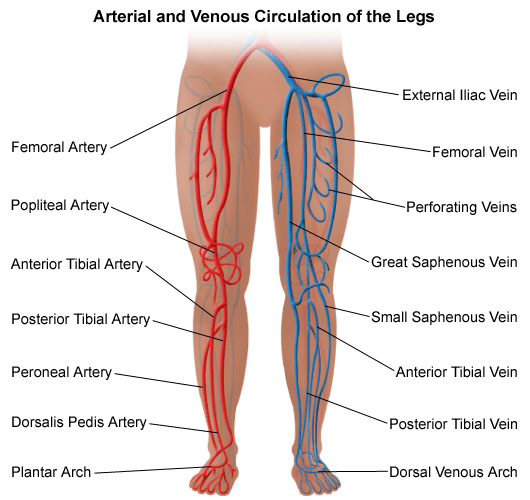
Deep vein thrombosis treatment guideline

Deep vein thrombosis, also known as DVT is a condition where blood clots in a deep vein. This condition often occurs in legs but can also occur in arms, neck, pelvic or abdominal regions. The most common symptoms include swelling, pain, tenderness as well as discoloration or redness in the area. In certain cases the superficial veins could also become inflamed. This condition could be caused by acquired risk factors such as older age, trauma or surgery or even pregnancy. Genetic risk factors also cause this condition. Diagnosis of DVT requires an ultrasound coupled with certain clinical tests to be conducted. Post diagnosis, the deep vein thrombosis treatment is recommended to the patient depending on the gravity of the situation.
Deep Thrombosis treatments are of different types. Given below are some of them with deep thrombosis treatment guidelines.
Anticoagulation
This treatment helps prevent further clots from forming but does not act on the already existing clots. Anticoagulation is one of the standard treatments for DVT recommended by medical practitioners. Depending on the severity of the condition, an anticoagulant or blood thinner is recommended to the patient for a set period of time. The duration over which the anticoagulant is administered to a patient should be determined taking the risks as well as the benefits into considerations. The two main types of blood thinners used are Warfarin and Heparin. While Heparin as a treatment is a 5 to 7 day course, for those on Warfarin, the treatment can continue for 3 to 6 months.
Thrombolysis
While the human body will eventually dissolve the clot in case of DVT patients, the damage that the clot causes within the vein is serious. Thrombolysis is a treatment that doctors suggest in case of larger clots or DVT in the arm. Here a clot bursting drug is administered which breaks up the clot quickly thereby restoring normal blood flow. However this procedure could cause stroke or bleeding problems.
Some of the other forms of treatments that medical practitioners resort to incase the above mentioned two treatments are not possible are given below.
Inferior vena cava filter
In this procedure a small metal device is inserted into the body temporarily to confine the clots and prevent them from moving to the different areas in a patient’s body. This in turn allows blood to flow through the veins without any issues. However this procedure is very expensive.
Venous thrombectomy
In certain cases, medical practitioners resort to surgery to remove the clot only if the DVT is severe and the body does not respond to the regular DVT treatments which are nonsurgical.
Elevation and compression
Medical practitioners also prescribe a compression device which elevates the leg that is affected thereby reducing the pain and swelling. This device would be worn from the arch of the foot to below or above the knee. Doctors also suggest walking in DVT cases that are not accompanies by edema or severe pain.
Home treatment
In certain acute cases of DVT, home treatment is recommended to patients who have shown moderate quality evidence of the condition in the diagnosis. However this treatment is not recommended to patients who are suffering from severe symptoms of DVT.
These are some of the deep vein thrombosis treatment guidelines that are commonly practiced.
Leave a Reply